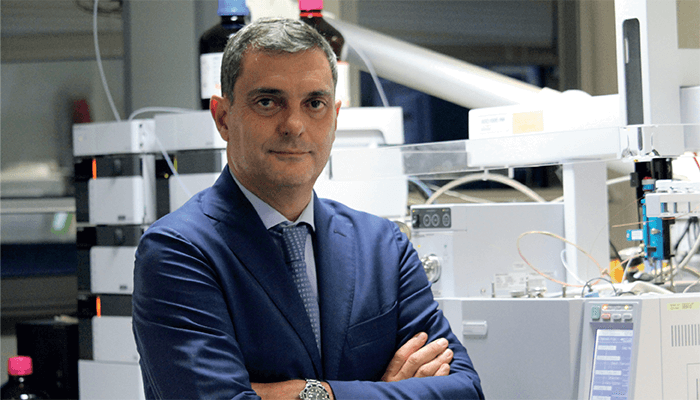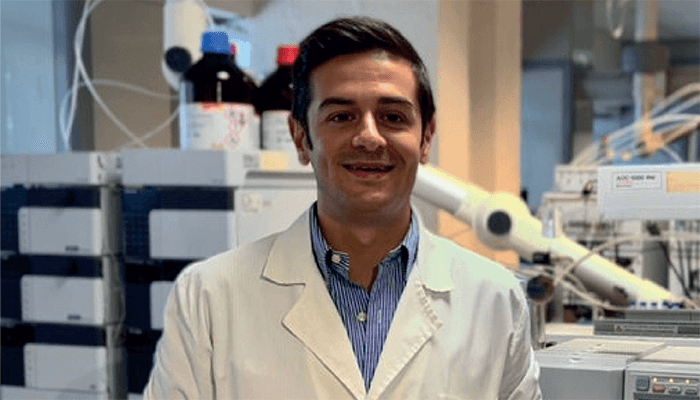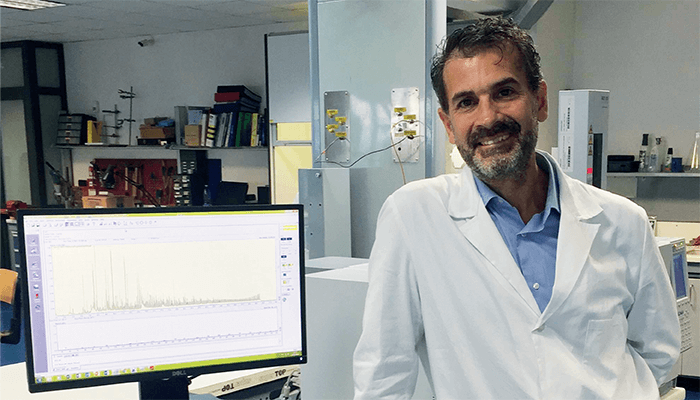Mineral oil hydrocarbons (MOH – for example, saturated and aromatic hydrocarbons) – are probably the most abundant contaminants in the human body, with accumulation through nutrition starting very early on; mineral oil derivatives have been found in human milk (1). In addition to MOH, other hydrocarbon contaminants may be found in food, including polyolefin oligomeric hydrocarbons (POH) (2). Over the past three decades, a diversity of food products (vegetable oils, pasta, and so on) have been found to contain petroleum-derived compounds – sometimes at high concentration levels (3). Due to its toxicity, the aromatic hydrocarbon fraction has gained more emphasis and concern.
The analytical determination of such lipophilic food contaminants is, by no means, a straightforward task. Vegetable oils are usually treated with a liquid chromatography (LC) sample preparation step, with the objective of separating the matrix (mainly triacylglycerols) from the MOH (the LC step can also be exploited to perform an intra-class MOH separation). Next, one or more LC fractions are subjected to gas chromatography (GC) – or more recently comprehensive two-dimensional GC (GC×GC) with flame ionization detection (FID – for quantification) and mass spectrometry (MS – for identification) (4). For other foods, we must extract the lipophilic food contaminants using organic solvents (5). In general, on-line LC-GC-FID has been a very popular choice in this applicational field (6).
In our article 10 years ago, we made the case for faster, more environmentally-friendly, and higher resolution methods. In such a respect, one of the first things that still comes to mind when observing the literature, recent and past, is the common use of high volumes of hazardous organic solvents – which we discussed upon in our original article. Having said that, higher resolution methods are now gradually earning space: GC×GC-FID/MS (with cryogenic modulation) – a technique which provides enhanced separation space, selectivity, and signal-to-noise ratios (compared to GC-FID/MS) – appears to be an appropriate choice that is also able to separate MOH and other types of hydrocarbons (for example, POH) (7).
Overall, some progress has been made since 2013, particularly in terms of the development and use of on-line higher resolution methods (e.g., LC-GC×GC-FID/MS) What is probably most lacking today is miniaturization on the sample preparation side – specifically, we need a more environmentally-friendly means of isolating and concentrating the MOH from the food matrix ahead of the main analytical determination through GC×GC-FID/MS. A further drawback is the current operational expertise and instrumental maintenance requirements (especially as far as the LC-GC coupling is concerned); here, the question must be: could the LC step be avoided in some manner? A final general note must be devoted to data interpretation, which can be a highly complex issue – any improvements here are most welcome!



References
- N Concin et al., Food Chem Toxicol, 46 (2008). DOI:10.1016/j.fct.2007.08.036
- A Hochegger et al., Trends Food Sci Technol, 113 (2021). DOI:10.1016/j.tifs.2021.03.021
- M Biedermann et al., J Chromatogr A, 1521 (2017). DOI:10.1016/j.chroma.2017.09.028
- G Bauwens et al., J Chromatogr A, 1677 (2022). DOI:10.1016/j.chroma.2022.463208
- S Moret et al., Food Chem, 196 (2016). DOI:10.1016/j.foodchem.2015.09.032
- M Zoccali et al., J Chromatogr A, 1648 (2021). DOI:10.1016/j.chroma.2021.462191
- G Bauwens et al., J Chromatogr A, 1643 (2021). DOI:10.1016/j.chroma.2021.462044




